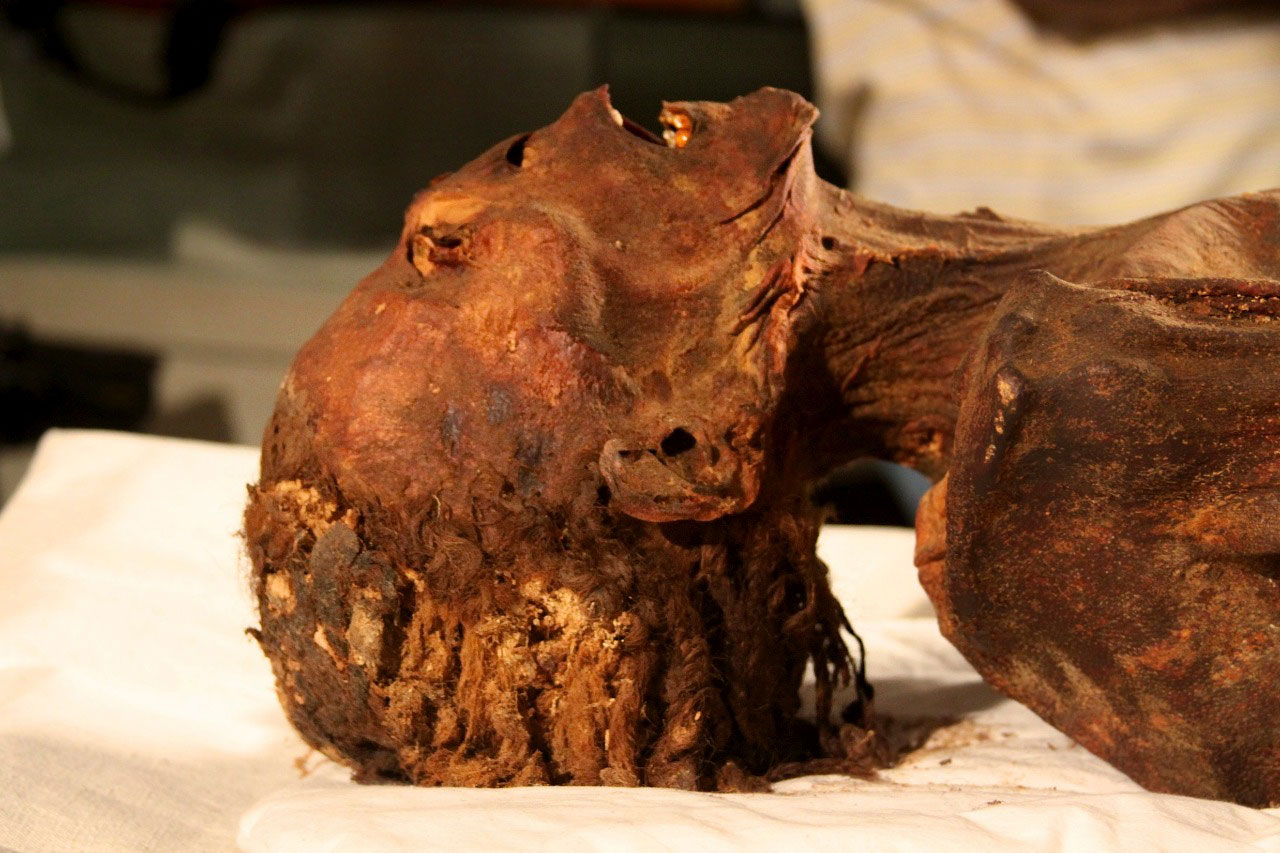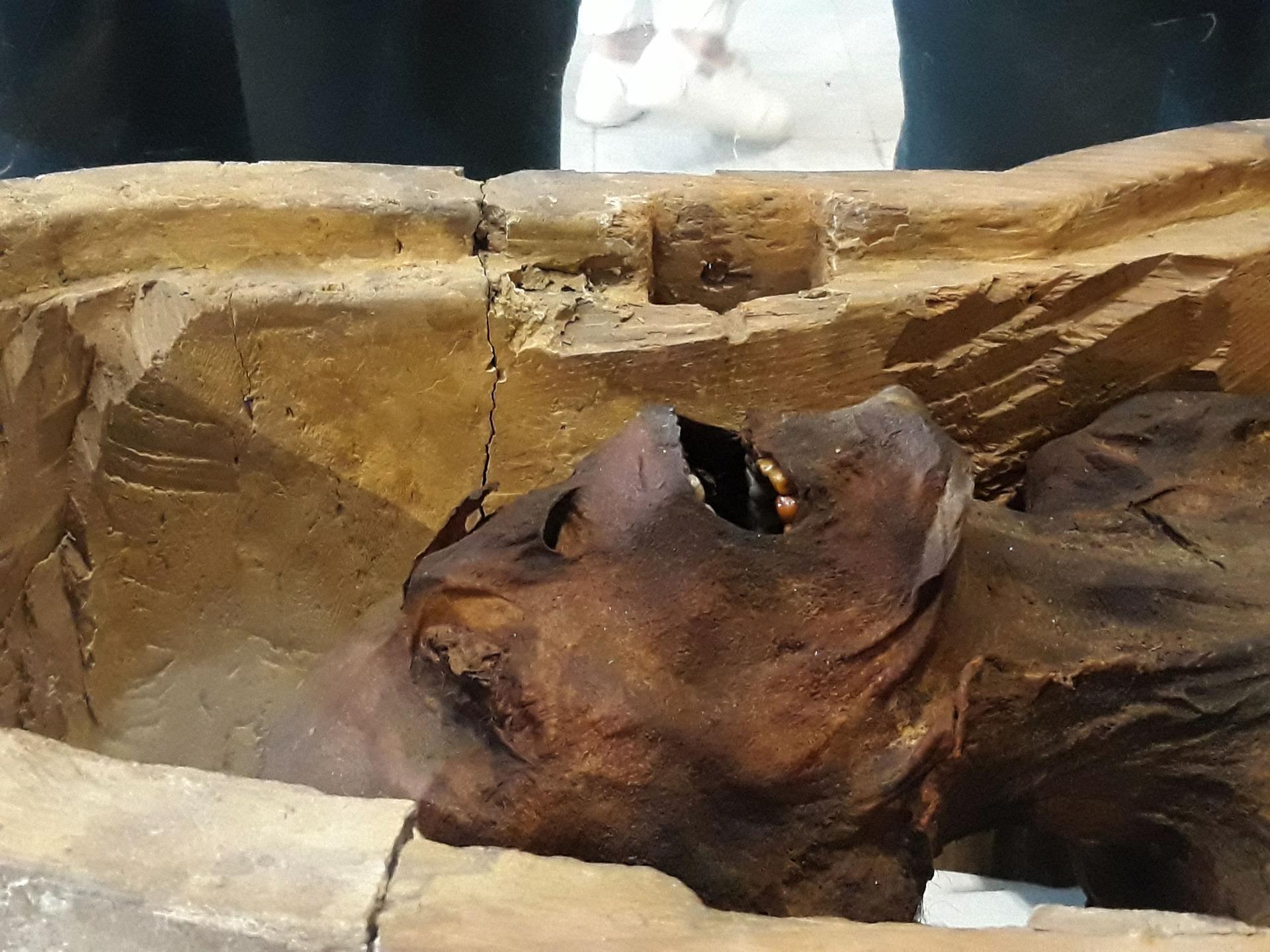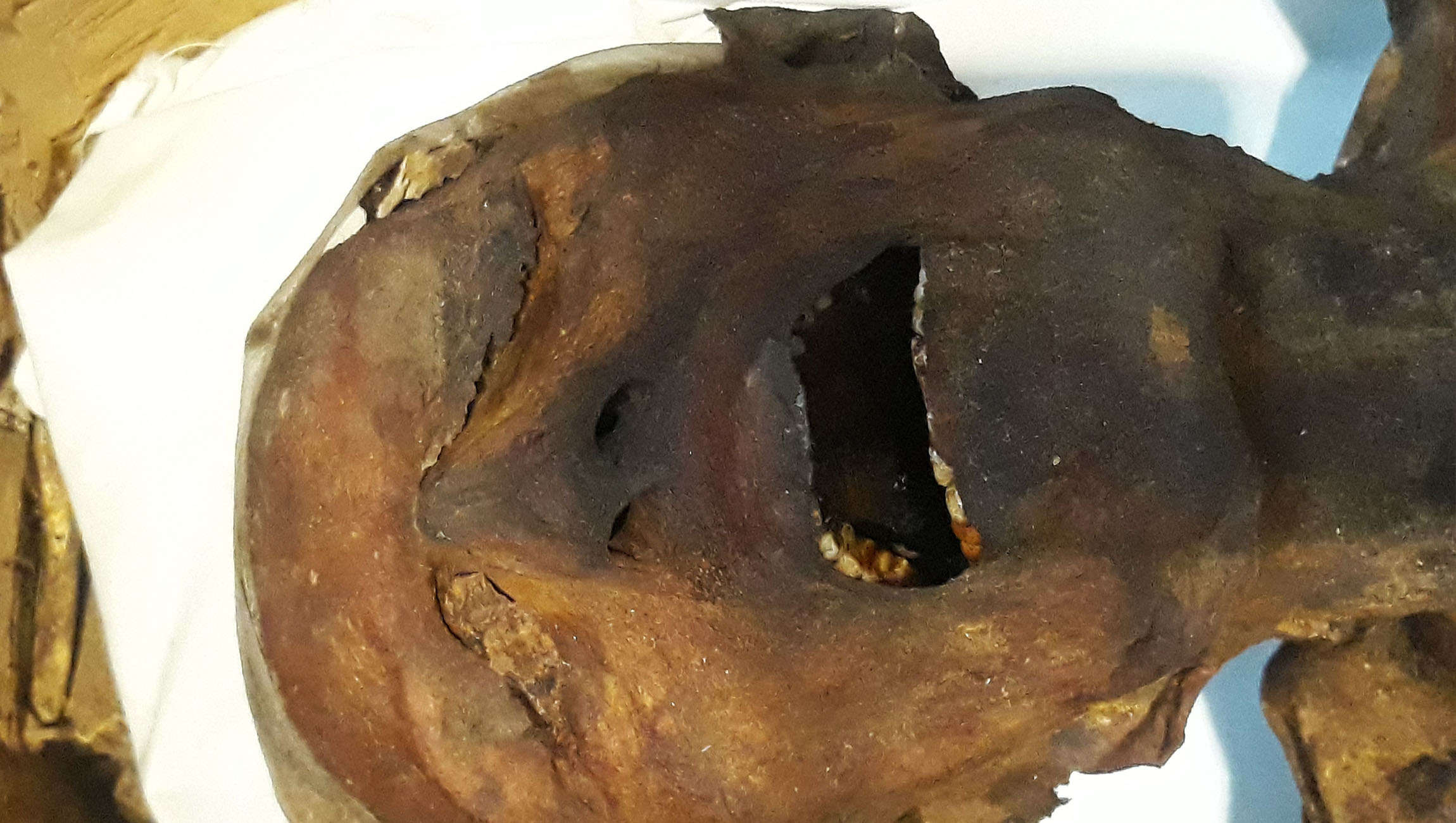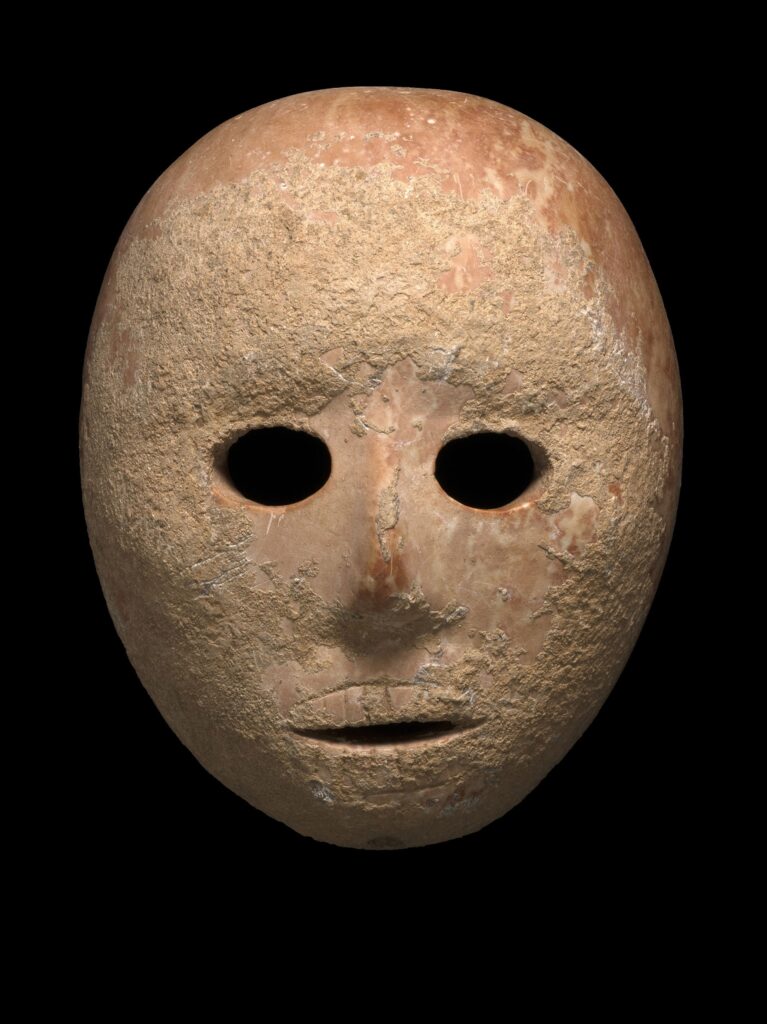Unveiling the Mystery
The “Mummy of the Screaming Woman” is one of Egypt’s most enigmatic and haunting mummies. Discovered in 1881 in the Royal Cache of Deir el-Bahari, her body showed a face frozen in what appeared to be an expression of terror or agony, leading to her nickname. For years, her contorted features sparked theories of a violent death or political intrigue, with some speculating she was involved in the infamous Harem Conspiracy of Ramesses III.

Recent groundbreaking research, however, has revealed a much more mundane but equally tragic cause for her death: a heart attack. Dr. Zahi Hawass and Dr. Sahar Saleem, using modern CT scanning techniques, have uncovered the shocking truth about this ancient princess’s demise.
The Discovery of the Mummy
The mummy, initially labeled “Unknown Woman A,” was found with hieratic inscriptions that identified her as “The royal daughter, the royal sister of Meret Amon.” Though her exact identity remains unclear, the discovery was remarkable due to her unique physical state: the body was discovered with a contorted expression, mouth agape, and limbs frozen in an unnatural position. This caused many to speculate about her cause of death, with some drawing comparisons to other mummies with similar expressions of pain or fear.
CT Scans Reveal the Cause of Death
Using advanced CT technology, Dr. Hawass and Dr. Saleem uncovered the true cause of her suffering. The scans revealed severe atherosclerosis, a degenerative condition where plaque builds up in the arteries, narrowing them and restricting blood flow. This condition caused a blockage in her coronary arteries, leading to a fatal heart attack.

Atherosclerosis, although a common cause of death today, was likely not understood in ancient Egypt. However, evidence of cardiovascular diseases, including atherosclerosis, has been found in other mummies from the same period, indicating that heart disease was not unfamiliar to ancient Egyptians.
The Final Moments of the Princess
The woman’s contorted facial expression, once thought to indicate a violent or stressful death, was in fact the result of a medical condition that led to her sudden death. CT scans show that she had suffered a heart infarction—a massive heart attack—likely caused by the atherosclerosis in her coronary arteries. It’s theorized that the princess died quickly and suddenly, her body remaining in a flexed, crossed-leg position as rigor mortis set in.
Experts suggest that her body was likely not discovered immediately after her death, and by the time embalmers began the mummification process, her muscles had already begun to stiffen. The embalmers preserved her body in its contracted state, leaving her frozen in an expression of what now appears to be agony or shock.
Embalming Secrets
An unusual feature of this mummy is the lack of brain extraction, a common embalming practice for royal mummies. The CT scans revealed that the woman’s brain remained inside her skull, dried and shifted to the right due to her head being tilted postmortem. This suggests that the embalmers quickly mummified her body before rigor mortis fully set in, preserving her body in the position it was found.

The Mystery of Meret Amun
Further analysis by Dr. Hawass and Dr. Saleem suggests that the “Screaming Woman” could be Meret Amun, the daughter of King Seqenenre, who ruled during the 17th Dynasty. This hypothesis is based on the embalming methods used for the mummy, which differ from those used for later mummies of the 19th Dynasty. However, more testing is required to confirm this theory.
Conclusion: A Heart Attack from the Past
The mystery surrounding the “Mummy of the Screaming Woman” is now closer to being solved. What was once thought to be a crime or political intrigue is now understood to be the tragic consequence of a heart attack, caused by severe atherosclerosis. Through modern technology and the efforts of Dr. Hawass and Dr. Saleem, we have gained a new understanding of the health conditions of ancient Egyptians, revealing that even in ancient times, heart disease could be a fatal killer.
This research not only brings clarity to the cause of death of an ancient princess but also sheds light on the medical practices and understanding of the Egyptians during the New Kingdom.

